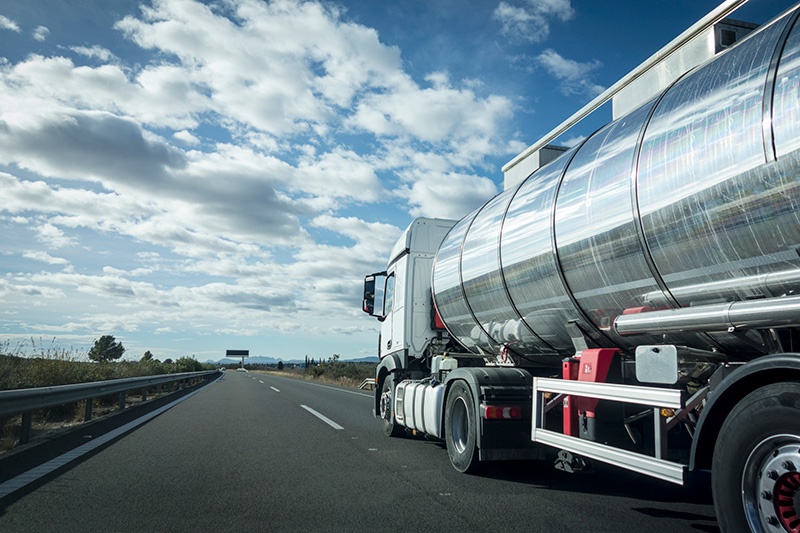These Factors are Impacting Your Procurement and Fuel Buying Strategy

 With fuel costs accounting for approximately 30% of a fleet’s total operating costs, finding fuel management strategies that maximize fuel economy and reduce fuel costs should be a top priority for both fleet managers and key players, whether the fleet is comprised of a few or a few hundred vehicles.
With fuel costs accounting for approximately 30% of a fleet’s total operating costs, finding fuel management strategies that maximize fuel economy and reduce fuel costs should be a top priority for both fleet managers and key players, whether the fleet is comprised of a few or a few hundred vehicles.
Monitoring driver behavior, such as speeding, idling time and acceleration/deceleration, is one strategy that can help fleets improve vehicle fuel economy, as can others, such as trading in older vehicles for more fuel-efficient ones, reducing vehicle weight by using lighter components, switching to lower viscosity engine oils and using efficiency software to improve routing and reduce empty miles.
But, each fleet is, of course, different, with varying and specific needs. So, while one strategy may work for one fleet, for another fleet that same strategy could prove cost-prohibitive or non-applicable.
However, there is one exception — a fuel economy and fuel cost reducing strategy that is applicable and beneficial to every fleet and one that is often overlooked — smarter fuel buying. Specifically, there are procurement factors to be considered when laying out a fuel buying strategy, a strategy that cuts fleet fuel expenses and improves vehicle fuel economy consistently and over the long term.
Let’s look at two such factors that can help make that strategy a reality.
Fuel Pricing Types
There are basically two types of programs when it comes to fuel pricing -- cost plus or retail minus.
Cost plus refers to the retailer’s cost of getting the fuel to the point of dispensing at the pump. The cost includes manufacturing, transport and taxes, and is not the retailer’s true cost, since the retailer’s costs are also added – things such as lease, labor, marketing, franchise costs, etc. Additionally, there is typically a small profit margin that’s also added into the pricing.
Retail minus differs in that the price is discounted from the advertised pump price, without regard for cost factors. This pricing works best in areas where competition is driving prices, and the profit margin is compressed. For fleet managers, retail minus is ideal in areas where there is a choice in fuel brands and there is opportunity to shop for pre-negotiated discounts at retailers.
Figuring out what program is best for your fuel buying strategy depends on what type of fuel you are buying for your fleet. Diesel provides a greater profit margin than gasoline, and, overall, many industry experts agree that, over time, cost plus is proven to provide better cost savings. But, that said, there are those experts who say retail minus is best because the pump price is the pump price regardless, which makes self-reporting and auditing easier and better ensures drivers get the best price possible.
Regardless of the fuel your fleet requires, the most important factors to consider in determining if a cost plus program would be the most cost effective for your fleet are:
- Determining the cost basis your price will be calculated on
- Finding a source to benchmark the cost, a source that is not reliant on the station or card program supplying your fuel
Areas of Operation
Where your vehicles travel — nationwide, locally or regionally — should also be taken into consideration when planning your fuel buying strategy.
Retail margins and, consequently, fuel prices change daily and swing significantly across regions and brands, with local competition, seasonal demand, weather events and oil market volatility all contributing to either lower or higher margins.
For fuel buying purposes, there are three categories of margin markets to examine, depending on the areas of the country in which your fleet operates:
Low-Margin: Typically in oil-producing states, such as the Gulf Coast, where fuel does not need to travel very far to reach fueling stations. Average retail margin is 4 to 8 cents per gallon.
High-Margin: Where fuel must travel further to reach fueling stations, for example, California and Hawaii. Lessees pay dealers a higher price for fuel, the cost of which is passed on to the customer. Average retail margin is 25 cents and up.
Mid-Margin: Typically throughout the Northeast, with retail margins between those of low and high margin markets.
Global demand for fuel is only going to continue to rise, and fuel prices will forever be volatile. Adding to that volatility and making fuel buying for your fleet even more of a challenge are unpredictable disruptions such as refinery accidents and geopolitical, economic and weather events. While you can’t control what happens, a solid fuel buying strategy can certainly lessen the effect those events have on your operations and your bottom line.